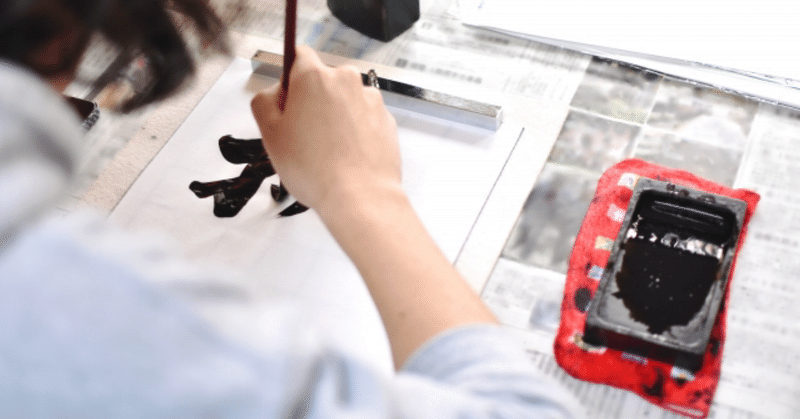
【Koyomi】 April 14, 2024
The Various Things of Seasons|Jusan Mairi 季節のあれこれ|十三参り
The celebration known as “Jusan Mairi” marks a unique Japanese cultural practice where families celebrate their child’s growth and health as they turn thirteen, a significant age marking the completion of a zodiac cycle since birth.
「十三参り」は、子どもが生まれてから干支が一周し、13歳になることを祝い、その成長と健康を家族でお祝いする独特な日本の文化行事です。
Understanding Jusan Mairi
Jusan Mairi is held when a child reaches the age of thirteen by “counted years,” which may differ from their chronological age. If a child is born between April and December, the celebration usually coincides with their last year of elementary school, whereas those born from January to March celebrate around the time they enter middle school. This age is significant as it represents a full zodiac cycle completion since birth, marking a pivotal life milestone.
十三参りの理解
「数え年」で13歳になると行われる十三参りは、実際の年齢とは異なる場合があります。4月から12月に生まれた子どもは小学校の最後の年に、1月から3月に生まれた子どもは中学校に入学する頃に行います。この年齢は、生まれてから干支が一周することを意味し、人生の重要な節目を示しています。
Ceremonial Practices of Jusan Mairi
Before visiting a temple or shrine for prayers, it is customary for the child to write a kanji character that holds personal significance to them using traditional brush and ink. This calligraphy is then brought to the spiritual site for special blessings. This ritual underscores the importance of gratitude for health and life, instilling a sense of reverence and cultural identity in the young individual.
十三参りの儀式
お参りに行く前には、子どもが自分にとって意味のある漢字を毛筆で書くのが習わしです。この書かれた半紙は、特別な祈りのために神社やお寺に持って行かれます。この儀式は、健康と生命に感謝する重要性を強調し、若い個人に敬意と文化的アイデンティティを植え付けます。
Historical Origins of Jusan Mairi
Believed to have begun during the Heian period, Jusan Mairi was traditionally conducted on the 13th day of the third month according to the old lunar calendar. Although the specific date has shifted, the essence of celebrating a child’s journey into adolescence with gratitude and prayer has remained unchanged through the centuries.
十三参りの歴史的起源
平安時代に始まったとされる十三参りは、伝統的に旧暦の3月13日に行われていました。具体的な日付は変わっていますが、感謝と祈りをもって子どもの青春期への旅立ちを祝う本質は何世紀にもわたって変わらずに続いています。
この記事が気に入ったらサポートをしてみませんか?
